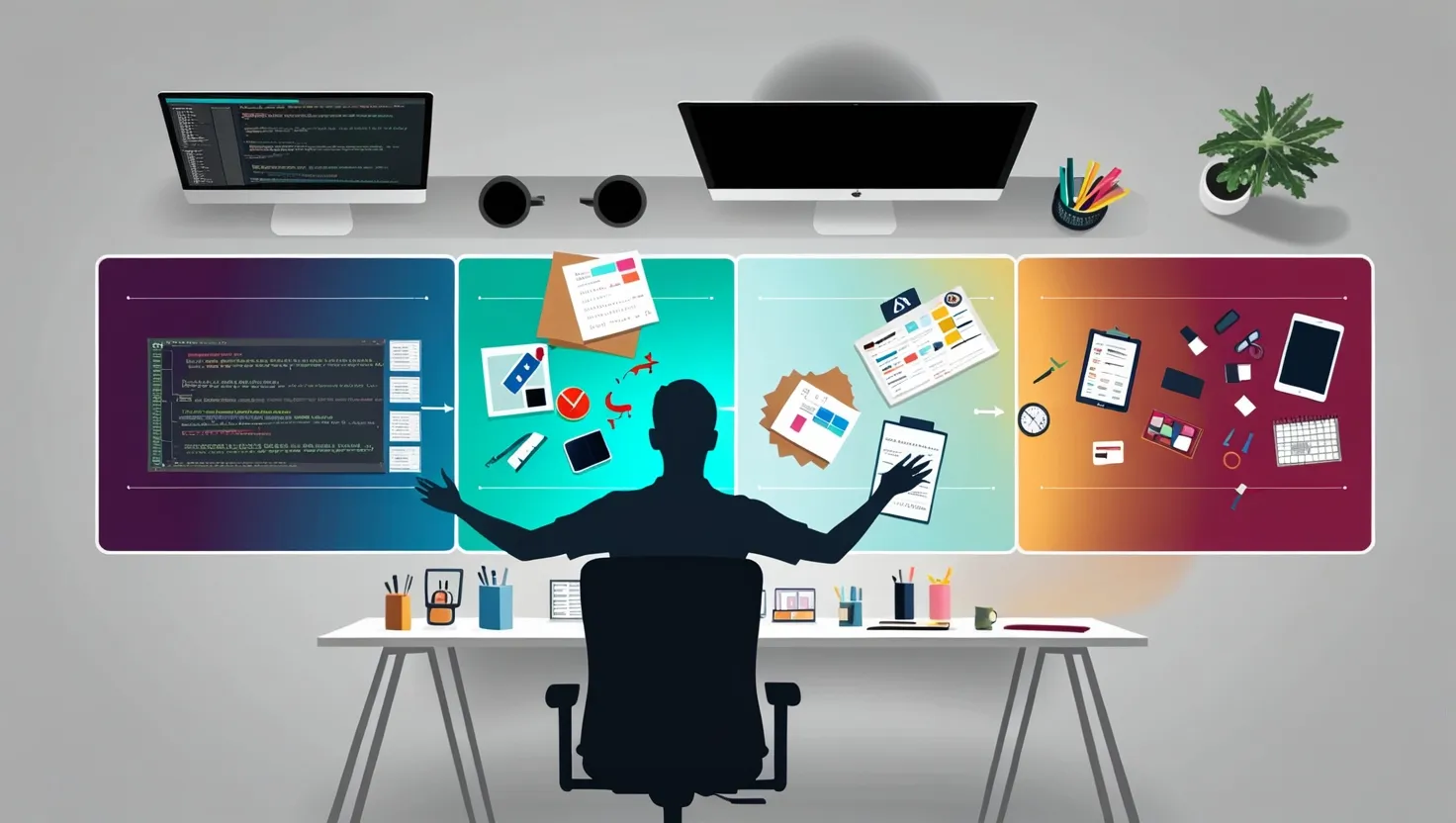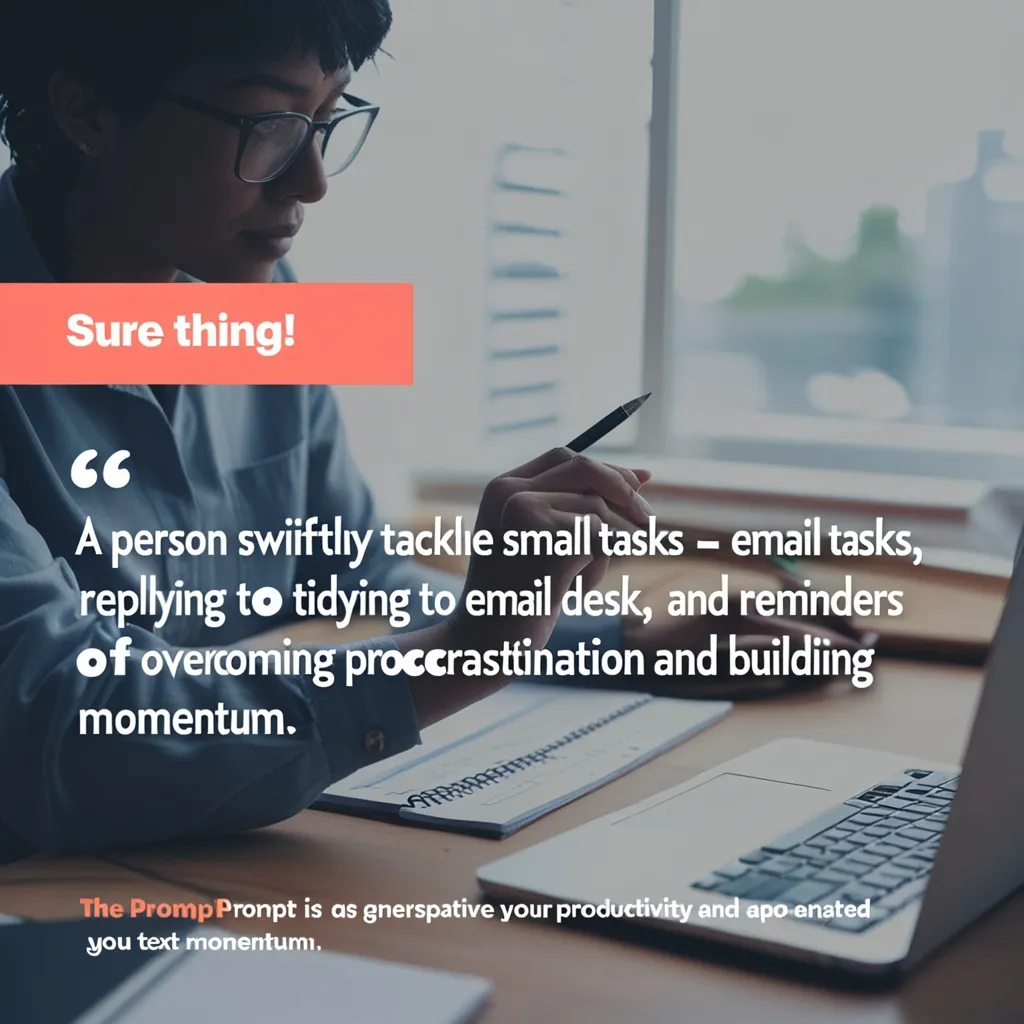Imagine a world where your past is not just a static collection of memories, but a dynamic tool that shapes your future. This isn’t about dwelling on old experiences or simple reflection; it’s about viewing your history through a constantly shifting lens, much like a kaleidoscope, to uncover new perspectives and ideas.
When you think about it, our past experiences are often fragmented and scattered, much like the pieces of a kaleidoscope before they come together to form a cohesive pattern. By actively reinterpreting these past events, decisions, and even mistakes, you can create a rich source of insights that can be applied to current challenges and future opportunities.
The Power of Reinterpretation
Consider a past failure in one context. At the time, it might have seemed like a dead end, but when viewed through the lens of a new project, it could reveal a hidden strength. For instance, if you once failed at starting a business due to poor marketing, you might later realize that the same creative energy and resilience you applied during that failure could be the key to succeeding in a different venture.
Perhaps a seemingly insignificant childhood memory holds the key to solving a complex professional problem. For example, a memory of building intricate sandcastles as a child could inspire innovative solutions in architecture or engineering. The act of recalling and reinterpreting such memories can turn your personal history into a living laboratory of innovation.
Leveraging Mistakes
Mistakes are often our best teachers, but we rarely give them the credit they deserve. By reflecting on past mistakes through a new lens, you can extract valuable lessons that might not have been apparent at the time. For instance, if you once made a financial mistake by investing in a risky venture, you might later realize that the experience taught you the importance of diversification and risk management.
This approach to viewing your past can be particularly beneficial in the realm of finance. By analyzing past financial decisions, whether successes or failures, you can develop a more nuanced understanding of your financial habits and make more informed decisions in the future. It’s about turning each mistake into a stepping stone for better financial planning.
The Role of Perspective
Perspective is everything when it comes to reframing past experiences. A change in perspective can transform what once seemed like a failure into a valuable learning experience. For example, if you once felt defeated by a job rejection, looking back on it from a different angle might reveal that it was a necessary step towards finding a better job that aligns more closely with your career goals.
This shift in perspective can also apply to everyday life hacks. Imagine you once struggled with time management and felt overwhelmed by your tasks. Reflecting on that period from a new perspective might help you realize that the strategies you developed during that time, such as prioritizing tasks or using productivity tools, are now essential to your success.
Applying Past Insights to Current Challenges
One of the most powerful aspects of this approach is its ability to help you tackle current challenges. By drawing on past experiences and reinterpreting them in the context of your current situation, you can find innovative solutions to problems that might otherwise seem insurmountable.
For instance, if you’re currently facing a creative block in your work, reflecting on past projects where you overcame similar challenges can provide the spark you need. Maybe a project from years ago involved a tight deadline and limited resources, but you managed to deliver something exceptional. Recalling the strategies and mindset you used back then can help you navigate your current situation more effectively.
Creating a Living Laboratory of Innovation
When you view your past as a dynamic, ever-changing source of inspiration, you create a living laboratory of innovation. Each shift in perspective can spark a breakthrough, whether it’s in your personal life, career, or financial decisions.
This approach encourages you to be proactive about your memories, rather than letting them sit idle. It’s about engaging with your past in a way that makes it relevant to your present and future. By doing so, you transform your history into a valuable resource that can guide you through life’s challenges and opportunities.
Practical Steps to Implement This Approach
So, how can you start using this temporal kaleidoscope approach in your daily life? Here are a few practical steps:
- Reflect Regularly: Set aside time to reflect on your past experiences. This could be through journaling, meditating, or simply taking a quiet moment to think.
- Change Your Perspective: When reflecting on past events, try to see them from different angles. Ask yourself what you could have done differently and what you learned from the experience.
- Apply Past Insights: Think about how the lessons you’ve learned from past experiences can be applied to your current challenges.
- Celebrate Mistakes: Instead of dwelling on mistakes, celebrate them as opportunities for growth and learning.
By following these steps, you can turn your past into a powerful tool for shaping your future. It’s not about dwelling on what’s gone; it’s about using those experiences to create a brighter, more innovative tomorrow.
Real-Life Examples
To illustrate this concept further, let’s look at some real-life examples. Imagine someone who once struggled with public speaking but now uses those early experiences to excel in their career as a confident presenter. The fear and anxiety they once felt have been transformed into valuable lessons on how to engage audiences and manage nerves.
Another example could be someone who failed in their first business venture but later used the lessons learned to start a successful company. The initial failure was not a dead end but a stepping stone to success.
Financial Applications
In the realm of finance, this approach can be particularly beneficial. For instance, if you once made a poor investment decision, reflecting on that experience can help you develop better investment strategies in the future. You might realize that you were too aggressive or too conservative and adjust your approach accordingly.
This reflective process can also help you identify patterns in your spending habits or savings strategies. By analyzing past financial decisions, you can make more informed choices that align with your long-term financial goals.
Conclusion
Your past is not just a collection of memories; it’s a dynamic tool that can shape your future. By viewing your history through a constantly shifting lens, you can uncover new perspectives and ideas that can help you navigate current challenges and seize future opportunities.
This approach to life is about turning each experience, whether success or failure, into a valuable lesson. It’s about creating a living laboratory of innovation where each shift in perspective can spark a breakthrough. So, the next time you look back on your past, remember that it’s not just history—it’s a powerful resource for your future.






